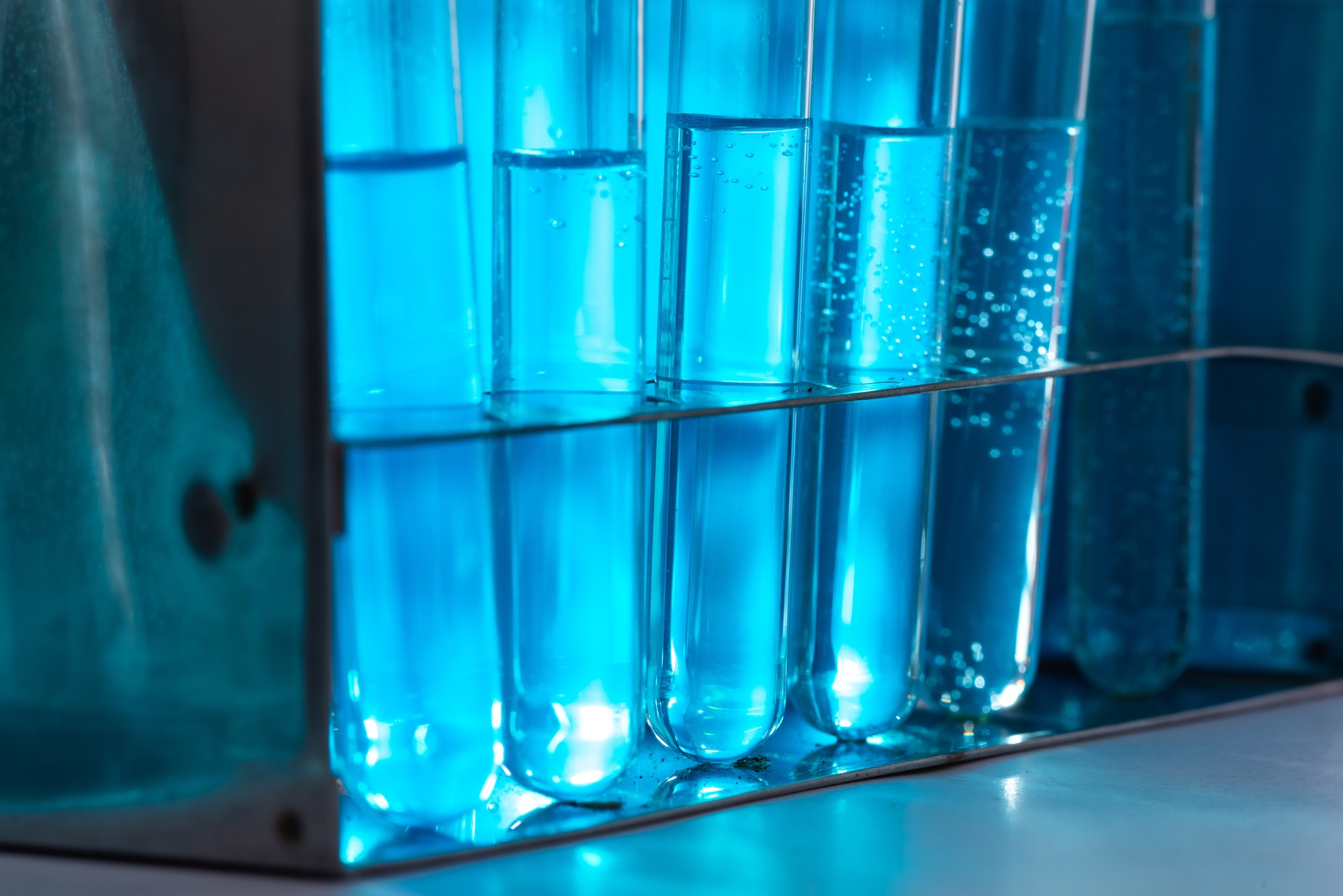Cyanobacteria, also known as blue-green algae, are ancient photosynthetic organisms that have inhabited our planet for billions of years. These microorganisms play a crucial role in maintaining the balance of life on Earth by producing oxygen and fixing atmospheric nitrogen. Cyanobacteria have long been recognized for their potential to produce a vast array of bioactive compounds, many of which have promising pharmaceutical and biotechnological applications. In recent years, researchers have been exploring the depths of our oceans to uncover the hidden treasures of marine algae, including cyanobacteria, for their potential use in drug discovery and development.
Marine algae are a rich source of structurally diverse and biologically active natural products. These compounds exhibit various biological activities such as antimicrobial, anticancer, antiviral, anti-inflammatory, and antioxidant properties. Cyanobacteria are known to produce a wide range of these bioactive compounds, including peptides, polyketides, alkaloids, lipids, and polysaccharides. These compounds have attracted significant interest from the scientific community due to their potential therapeutic applications.
One of the most well-known examples of cyanobacterial-derived bioactive compounds is the anticancer agent dolastatin 10. This compound was originally isolated from the marine cyanobacterium Dolabella auricularia and has shown potent cytotoxic activity against various cancer cell lines. Dolastatin 10 has served as a lead compound for the development of several synthetic analogs and derivatives, some of which have entered clinical trials for cancer treatment.
Another notable example is the immunosuppressive agent mycosporine-like amino acids (MAAs), which are produced by several marine cyanobacteria species. MAAs are small molecules that absorb ultraviolet (UV) radiation and protect cells from UV-induced damage. Due to their photoprotective properties, MAAs have potential applications in the development of sunscreen products and cosmetics.
In addition to their potential pharmaceutical applications, cyanobacterial-derived bioactive compounds also have potential biotechnological applications. For example, some cyanobacteria produce extracellular polysaccharides (EPS) that exhibit excellent emulsifying, gelling, and stabilizing properties. These EPS can be used as natural alternatives to synthetic emulsifiers and stabilizers in various industrial processes, including food, cosmetics, and pharmaceutical industries.
The exploration of marine cyanobacteria for bioactive compounds has been facilitated by advances in bioprospecting techniques, such as metagenomics and transcriptomics. These approaches allow researchers to access the genetic information of marine algae without the need for cultivation, which can be challenging for many cyanobacterial species. By analyzing the genomic and transcriptomic data, researchers can identify genes involved in the biosynthesis of bioactive compounds and potentially discover novel compounds with pharmaceutical and biotechnological applications.
Despite the promising potential of cyanobacterial-derived bioactive compounds, several challenges remain to be addressed in order to fully exploit their pharmaceutical and biotechnological applications. One of the main challenges is the low yield of bioactive compounds produced by cyanobacteria, which can limit their commercial viability. To overcome this challenge, researchers are exploring various strategies, such as metabolic engineering and synthetic biology approaches, to enhance the production of target compounds in cyanobacteria.
Another challenge is the potential toxicity of some cyanobacterial-derived compounds, which may limit their therapeutic applications. Further research is needed to understand the mechanisms underlying the toxicity of these compounds and develop strategies to mitigate their adverse effects.
In conclusion, marine cyanobacteria represent a valuable source of bioactive compounds with promising pharmaceutical and biotechnological applications. As researchers continue to explore the depths of our oceans and uncover the hidden treasures of marine algae, it is becoming increasingly clear that these ancient microorganisms hold great potential for addressing some of our most pressing health and environmental challenges.

